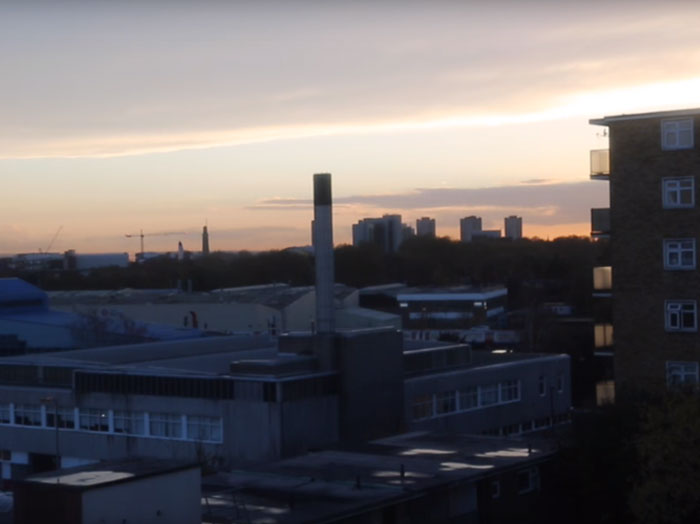What is a high-rise building?
A high-rise is typically defined as a building with seven or more floors.
On arrival tactics
Our firefighters have to be ready to fight fires in all types of buildings, so we train and have processes in place to tackle them.
If we receive four or more calls about a fire in a high-rise building where people live, we automatically send out eight fire engines and one aerial appliance. We call this a Pre-Determined Attendance (PDA).
When we arrive at a high rise incident, there are key tasks that the first crew will undertake. These tasks are called ‘on arrival tactics’. For high rise incidents they include:
- Securing a water supply
- Setting in the dry rising main: firefighters connect their hoses to the pipe at the ground level, to allow water to be pumped to upper floors.
- Identifying and securing the firefighting lift - if one is available
- Establishing a bridgehead: a secure area inside a building where firefighters can operate safely during an incident. It is typically established on a floor below the fire, allowing firefighters to stage equipment, coordinate their efforts, and prepare for further operations such as advancing hoses or conducting rescues.
Water supply
You can’t fight a fire without water. So making sure we have a good water supply is first on the list. We get our water from water hydrants – there over 115,000 hydrants in London.

Dry rising main
A dry rising main is a big pipe that goes up the building. It is called dry because it is an empty pipe that does not contain water under normal conditions, and remains dry until it is needed during a fire emergency. Our firefighters attach our hoses and we pump water up to all floors of the building. It means we don’t have to run hoses right through the building.
Wet rising mains have their own water supply, so firefighters can just plug their hoses straight in without having to pump water in to the main – we call that charging the main.
Firefighting lift
Firefighting lifts are provided in high-rise buildings so firefighters and equipment can reach the upper floors quickly.
Firefighting lifts look like normal lifts, but they have a special electrical circuit that lets us take control of them and stops the normal controls from working. The electrical supply to firefighting lifts is separate the other circuits in the building.
